American Amber Ale is a flavorful, balanced beer style that bridges the gap between pale ales and darker brews. Known for its rich copper to reddish-brown hue, this style offers a harmonious blend of caramel maltiness and moderate hop presence. American Amber Ales are celebrated for their versatility, pairing well with a wide range of foods and appealing to both craft beer enthusiasts and casual drinkers alike. An interesting fact: the style's popularity helped pave the way for the craft beer revolution in the 1990s, serving as a stepping stone for many beer lovers transitioning from lighter lagers to more complex craft offerings.
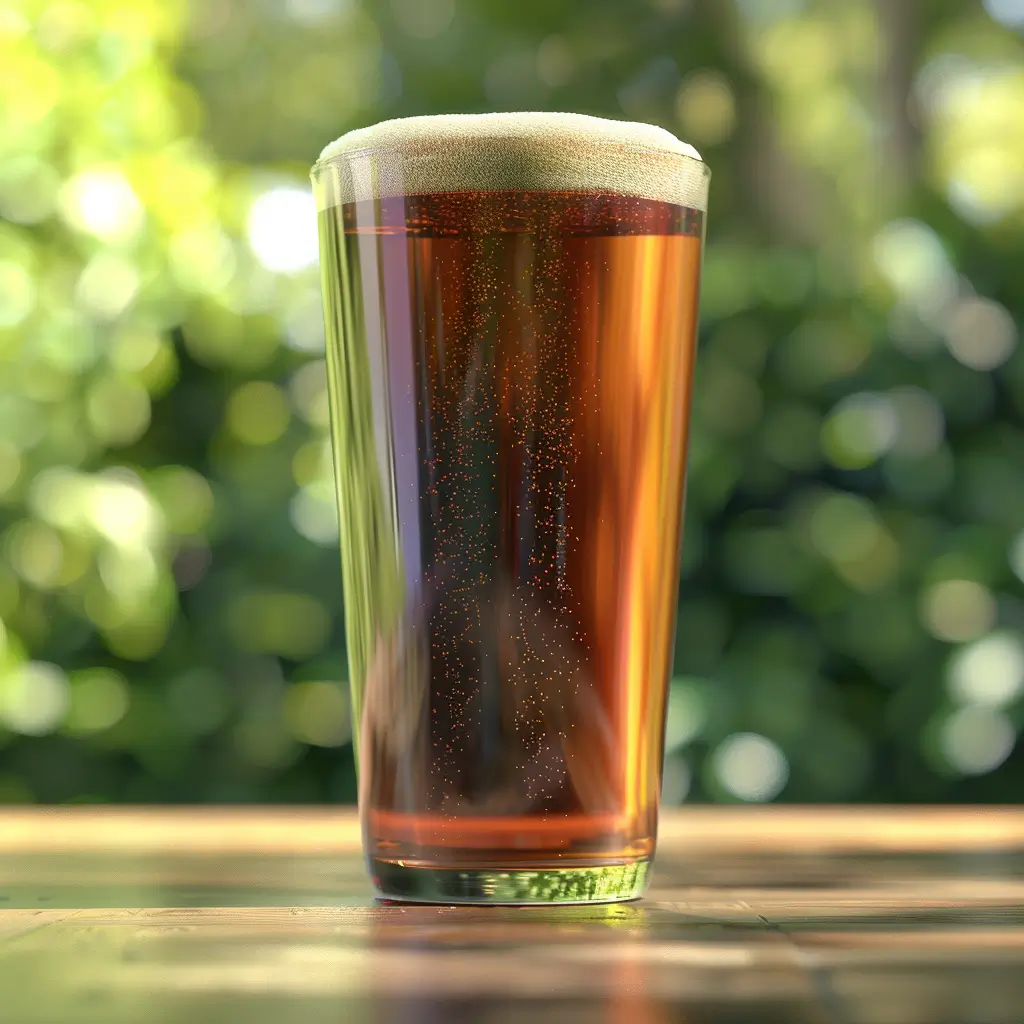
American Amber Ale is most celebrated for its perfect balance between malt sweetness and hop bitterness. The appearance is a feast for the eyes, showcasing a beautiful copper to deep reddish-brown color that gleams in the glass. It's topped with a creamy, off-white to light tan head that often leaves delicate lacing as you sip.
The aroma and flavor profile of an American Amber Ale is a delightful interplay of malt and hops. The malt character takes center stage, offering notes of caramel, toffee, and toasted bread, sometimes with hints of dark fruit. This is complemented by a noticeable hop presence, which can range from floral and citrusy to piney and resinous, depending on the specific hop varieties used. The bitterness is moderate, providing a perfect counterpoint to the malt sweetness without overpowering it. A clean fermentation profile ensures that the malt and hop complexities remain the stars of the show.
In terms of mouthfeel, American Amber Ales typically have a medium body with moderate carbonation, creating a smooth and satisfying texture on the palate. The finish is often balanced between sweet and dry, with a lingering maltiness that invites another sip. With an ABV range of 4.5-6.2%, these beers offer a substantial drinking experience without being overpowering, making them suitable for both casual enjoyment and thoughtful appreciation.
On the Standard Research Method (SRM) scale, American Amber Ales generally fall between 10 and 17, accounting for their rich amber to reddish-brown appearance. When held up to the light, a well-crafted American Amber Ale reveals mesmerizing ruby highlights, enticing the drinker with its depth of color and promising the perfect balance of flavors within.
American Amber Ale played a crucial role in expanding the palates of American beer drinkers. Its approachable yet distinctive flavor profile helped introduce consumers to the world of craft beer, setting the stage for more adventurous styles to follow. This "amber revolution" contributed significantly to the growth and diversity we see in today's craft beer scene.

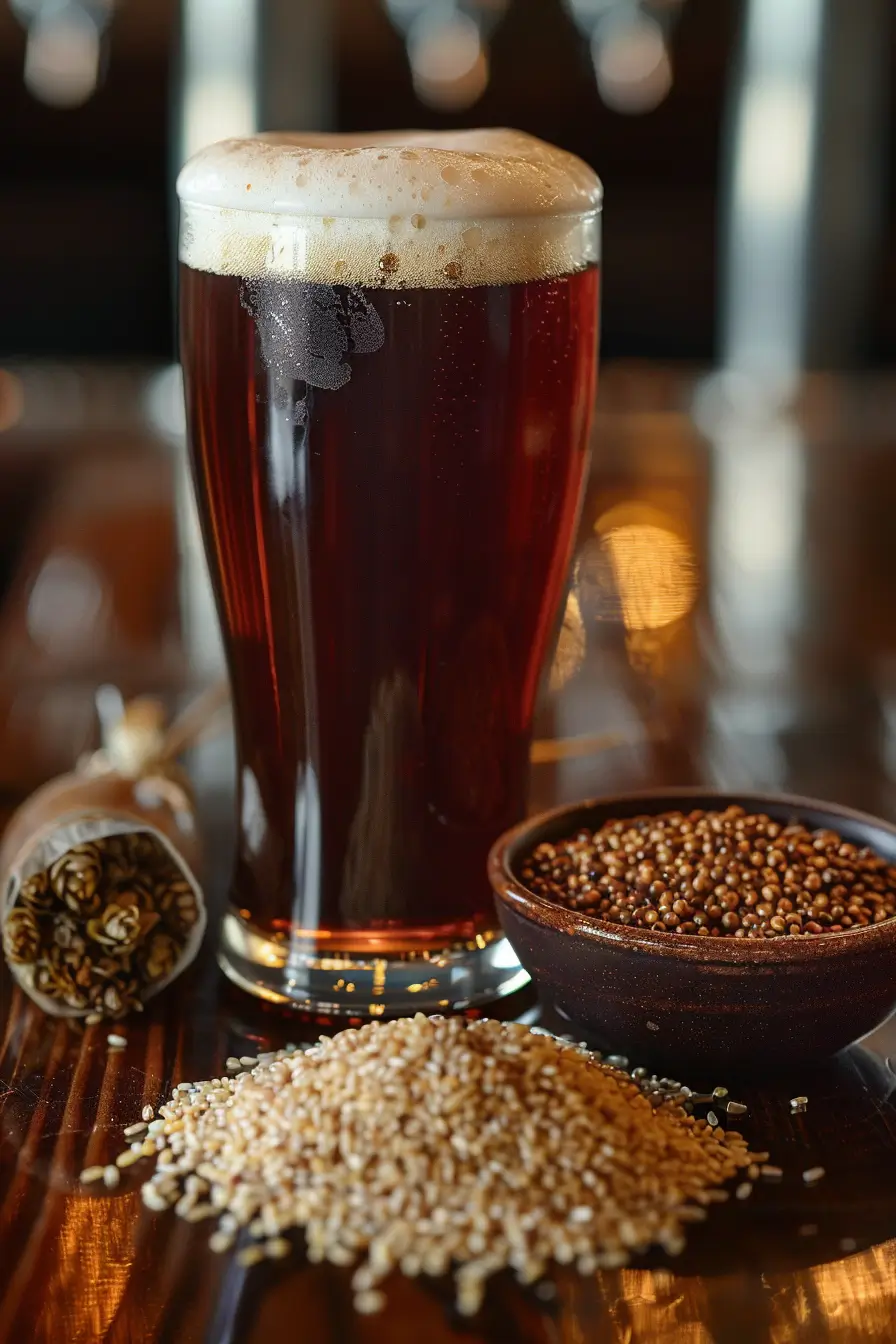
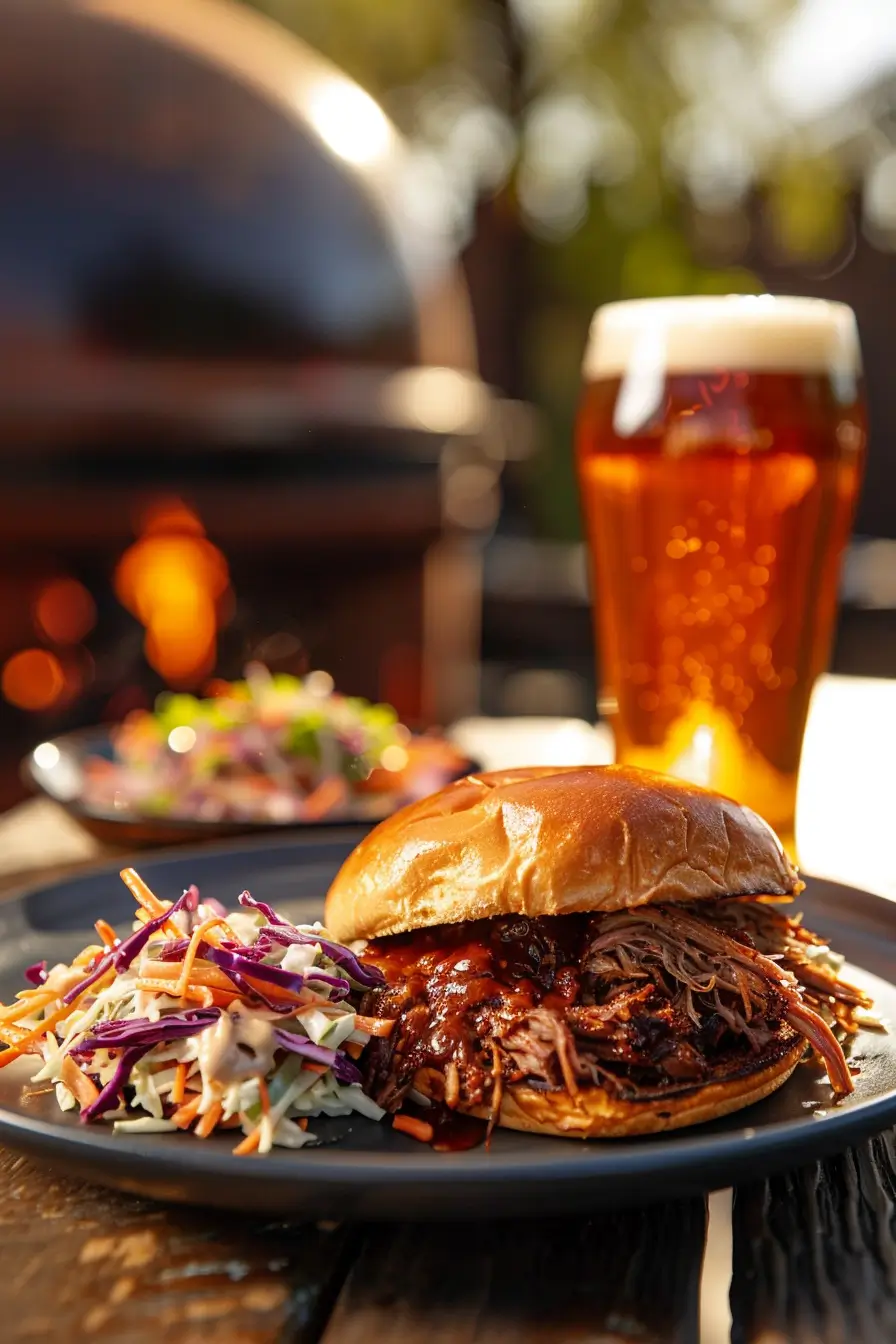
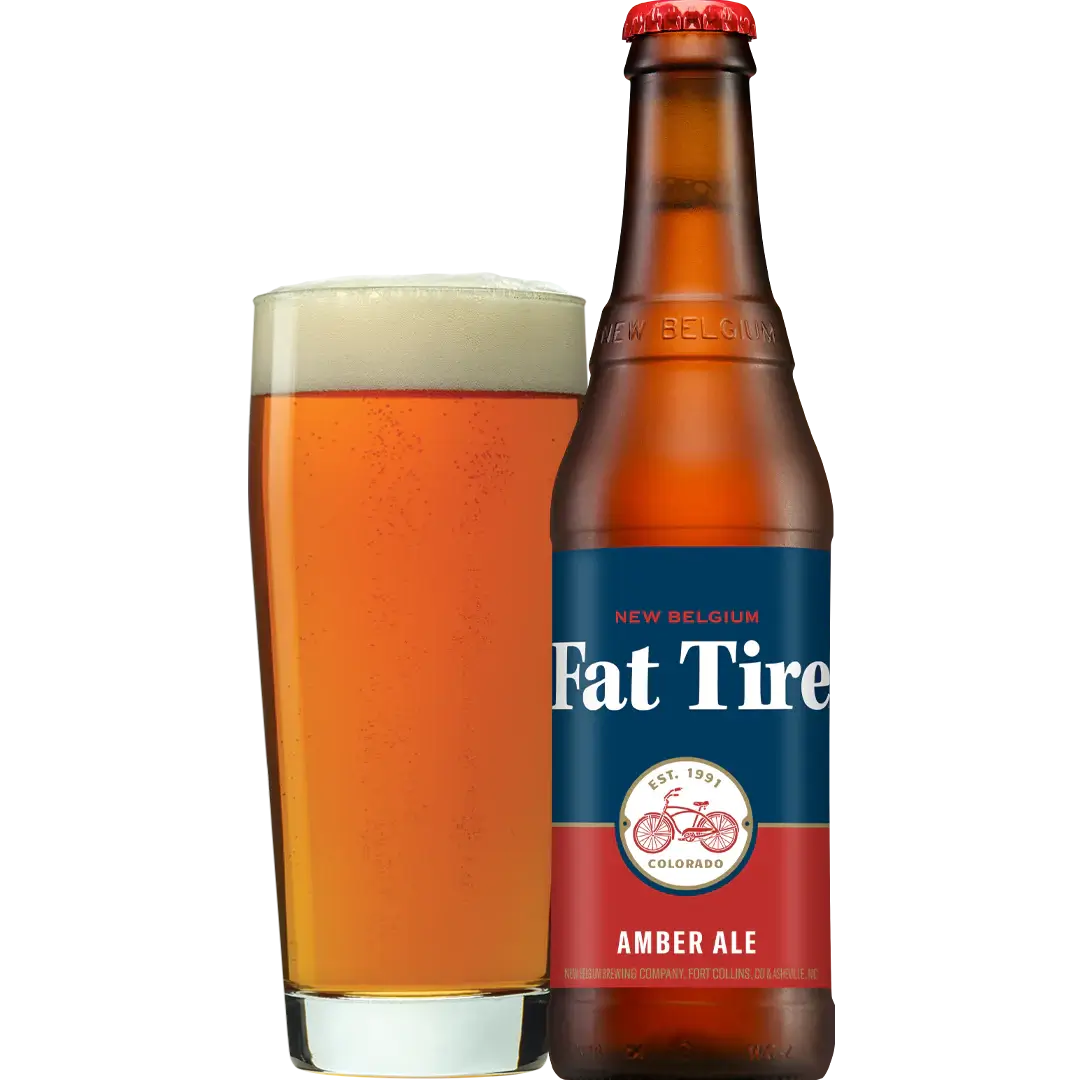



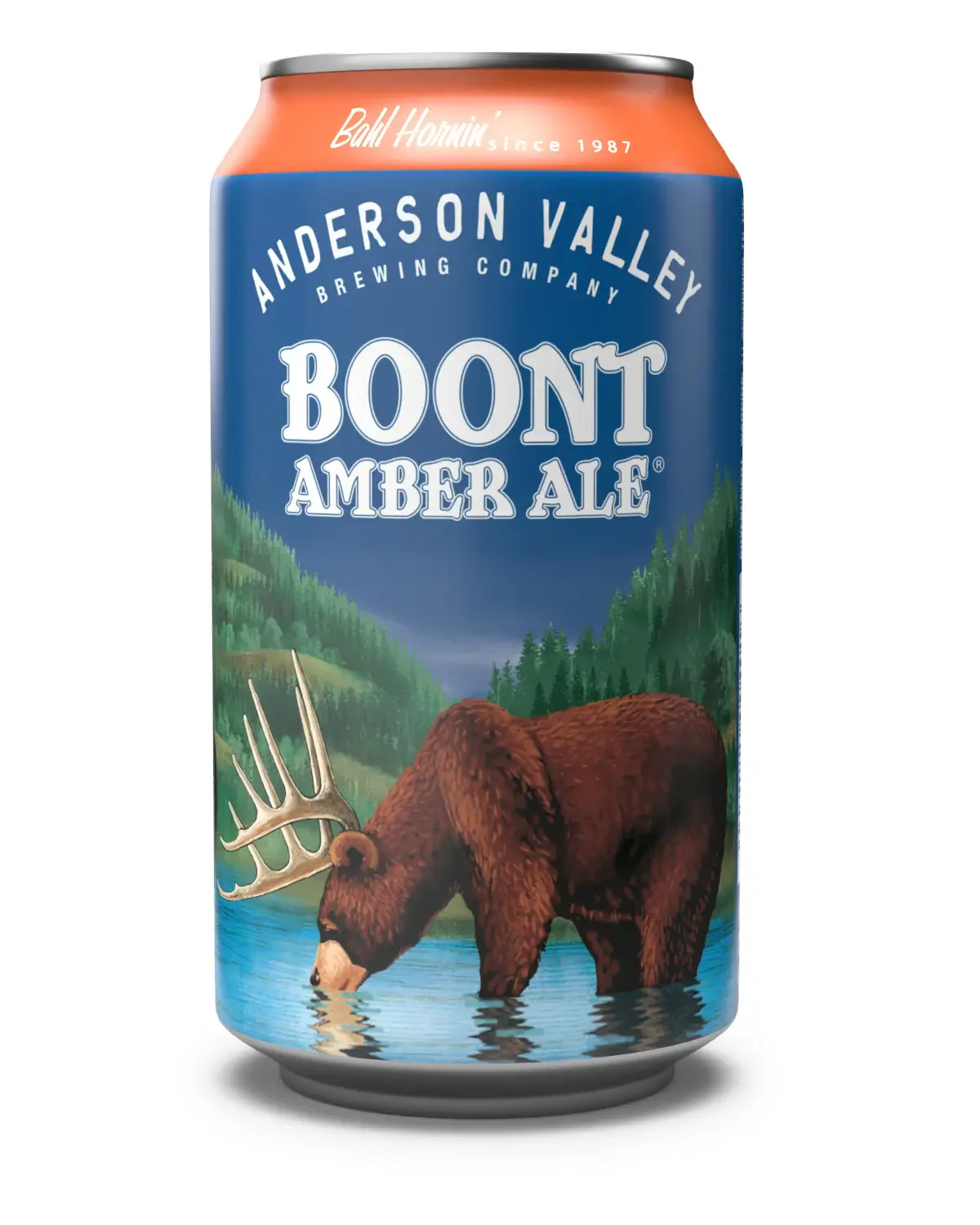
Brewing American Amber Ale requires a delicate balance of malts and hops to achieve its characteristic flavor profile. The challenge lies in creating a beer with a prominent malt presence while still allowing the hop character to shine through.
Careful selection of specialty malts is crucial to achieve the desired amber color and caramel flavors without overwhelming the beer. The hop schedule is designed to provide both bitterness and flavor, complementing rather than dominating the malt profile.
Brewing American Amber Ale involves several key steps:


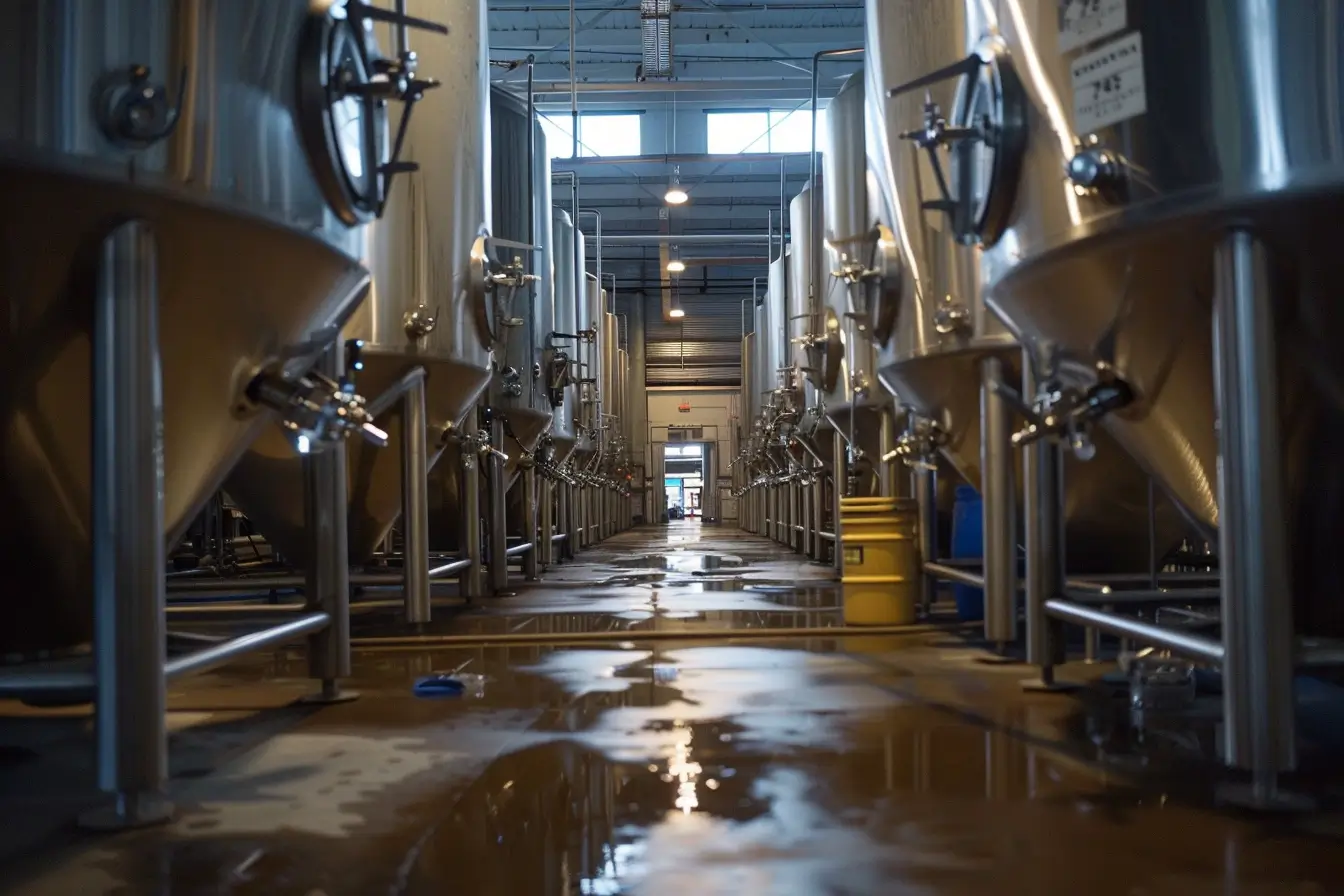
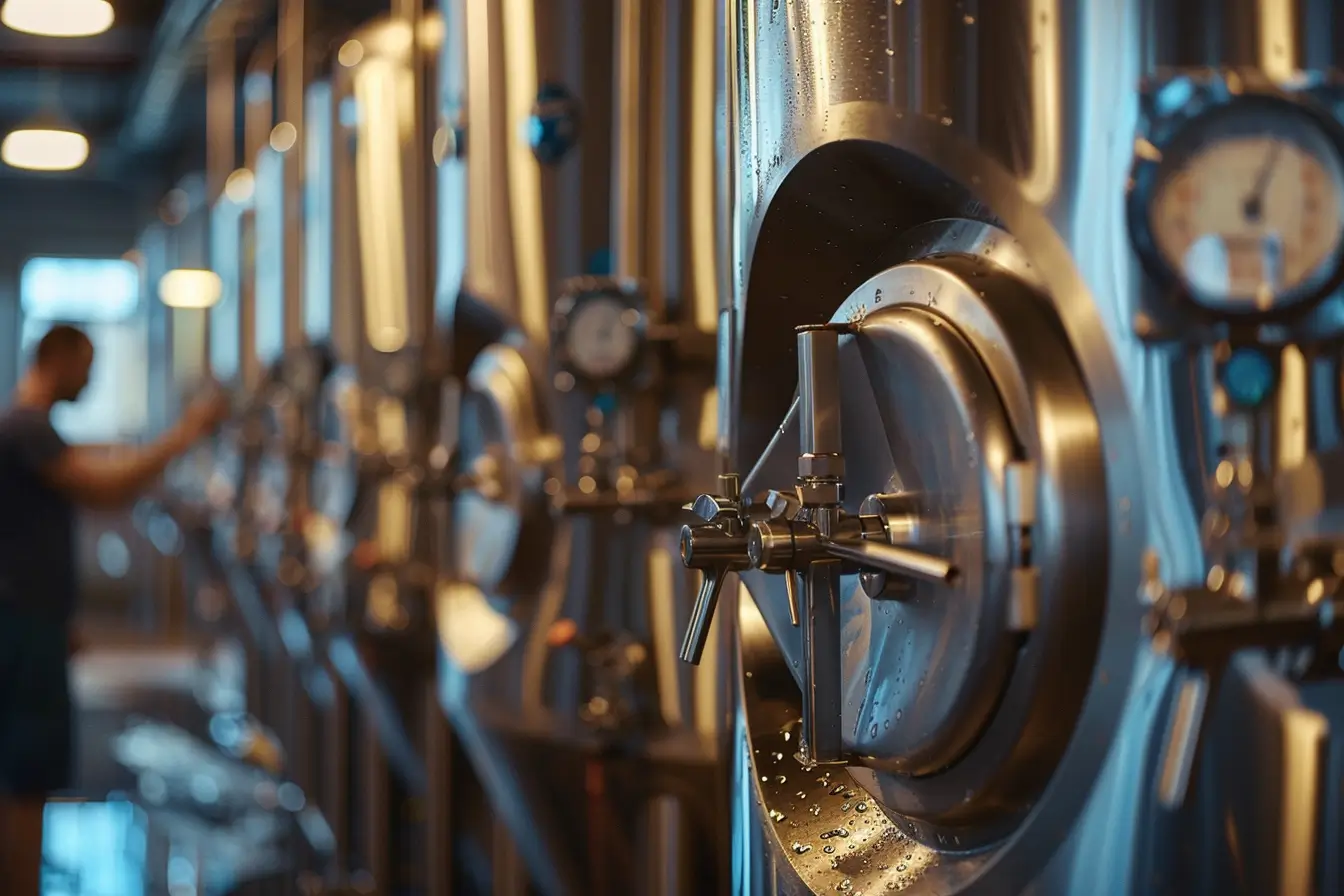
American Amber Ale emerged in the 1980s as part of the burgeoning craft beer movement in the United States. It developed as American brewers sought to create a maltier alternative to pale ales, drawing inspiration from traditional English styles while incorporating American ingredients and brewing techniques. The style's origins can be traced to the Pacific Northwest, where it gained early popularity among craft brewers and beer enthusiasts.
The style quickly gained traction across the country, appealing to drinkers looking for a flavorful yet balanced beer. American Amber Ale played a crucial role in the growth of the craft beer industry, serving as a bridge between lighter lagers and more intense styles like IPAs. Its approachable flavor profile made it an ideal "gateway" craft beer, introducing many consumers to the world of craft brewing.
American Amber Ale's popularity helped establish it as a distinct style, separate from its pale ale cousins. Its success encouraged brewers to experiment with malt bills and hop combinations, contributing to the diversity of flavors we see in the craft beer scene today. The style's influence can be seen in the development of other amber-hued beers and in the general trend towards more malt-forward American craft beers.

Craft brewers in Oregon and Washington begin experimenting with maltier versions of pale ales, laying the groundwork for the American Amber Ale style.
New Belgium Brewing Company introduces Fat Tire Amber Ale, which becomes one of the most iconic examples of the style and helps popularize it nationwide.
The American Amber Ale category is added to the Great American Beer Festival competition, solidifying its status as a distinct beer style.
American Amber Ale plays a significant role in the expansion of the craft beer market, serving as an approachable option for consumers new to craft beer.
Brewers begin pushing the boundaries of the style, creating imperial versions and experimenting with different hop varieties, further expanding the range of American Amber Ales.
Get quick answers to our most frequently asked questions about American Amber Ale
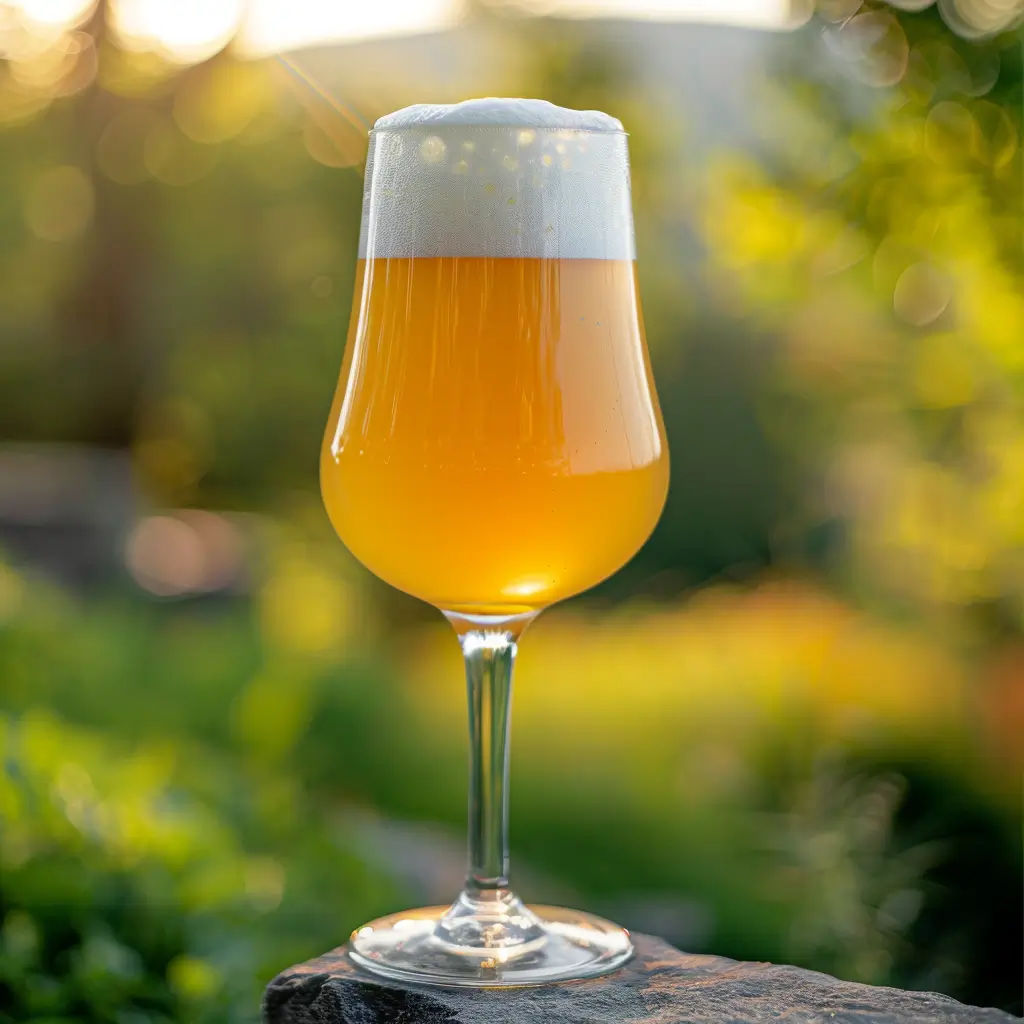
Want to read about other beer styles? We've got you covered!
American Amber Ale has a stronger malt presence with caramel flavors, a darker color, and typically less hop bitterness than American Pale Ale.
The amber color comes from the use of crystal or caramel malts in the brewing process.
While they have noticeable hop flavors, American Amber Ales are generally less hop-forward than Pale Ales or IPAs, focusing more on malt-hop balance.
American Amber Ale pairs well with a variety of foods, including grilled meats, BBQ, pizza, and sharp cheeses.
Serve in a pint glass at 45-50°F (7-10°C) to best appreciate its flavors and aromas.
Generally, American Amber Ales are best enjoyed fresh to appreciate their hop character. They're not typically suitable for long-term aging.
Most American Amber Ales range from 4.5% to 6.2% ABV, making them moderate in strength.
While both styles feature prominent malt character, American Amber Ales typically have more hop presence and a slightly higher alcohol content than Irish Red Ales.
While not traditional, some craft brewers experiment with fruit additions in American Amber Ales, particularly with complementary flavors like cherry or orange.
Traditionally, American Amber Ales are clear, but some modern interpretations may have a slight haze due to dry-hopping or the use of certain malts.

Want to read about other beer styles? We've got you covered!